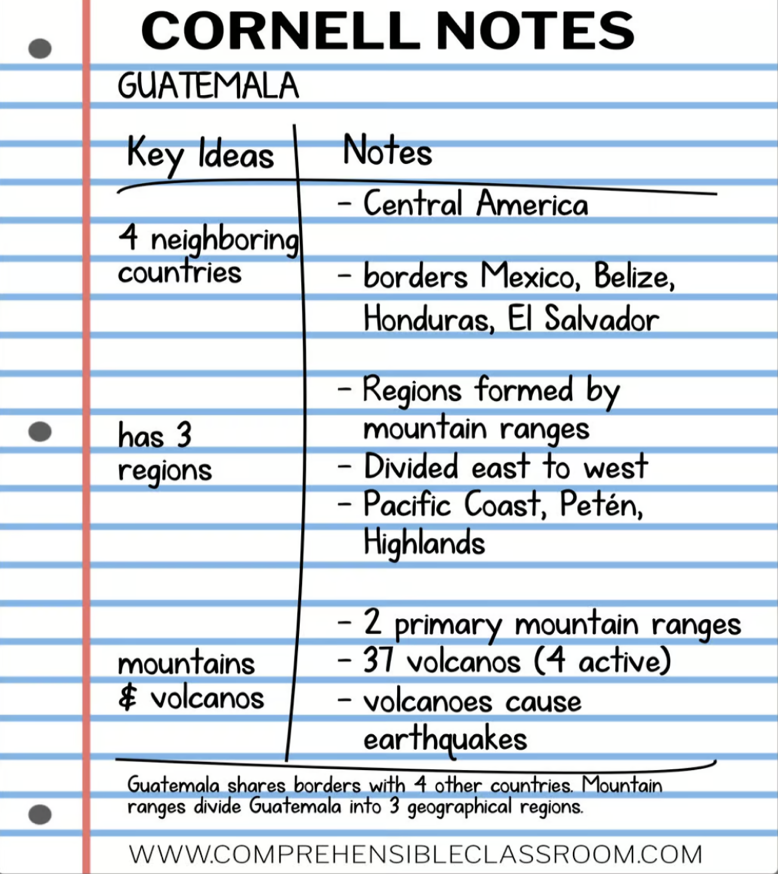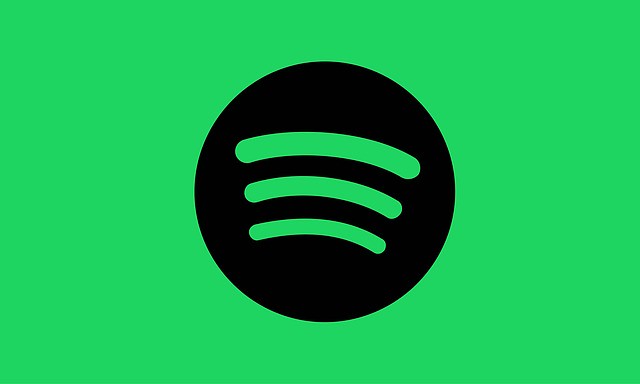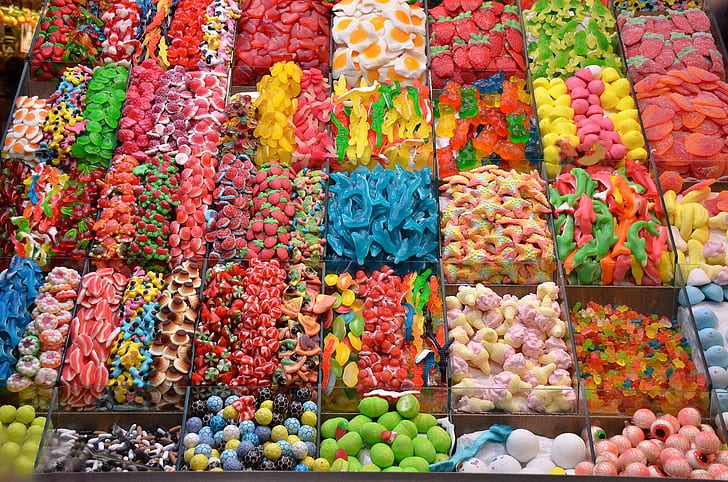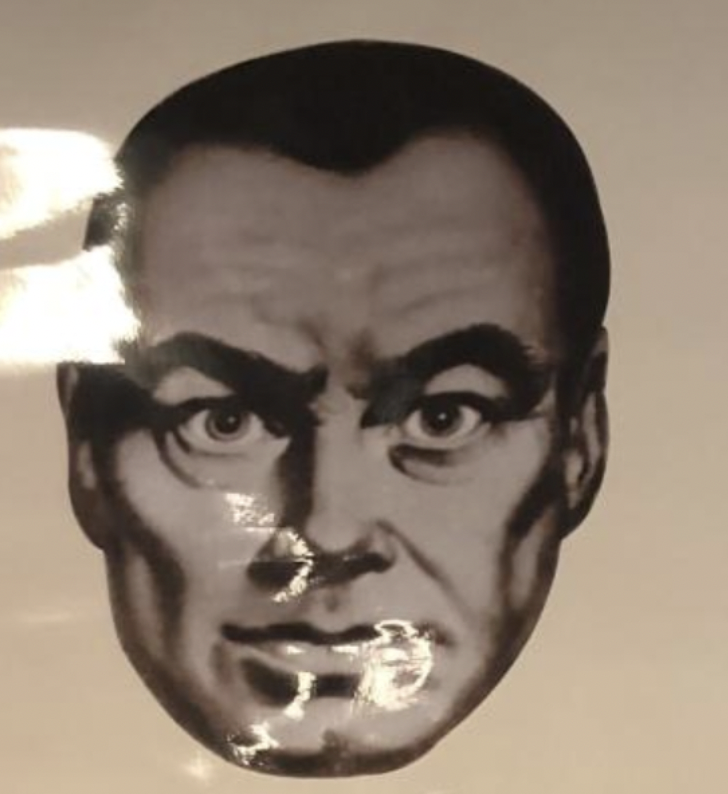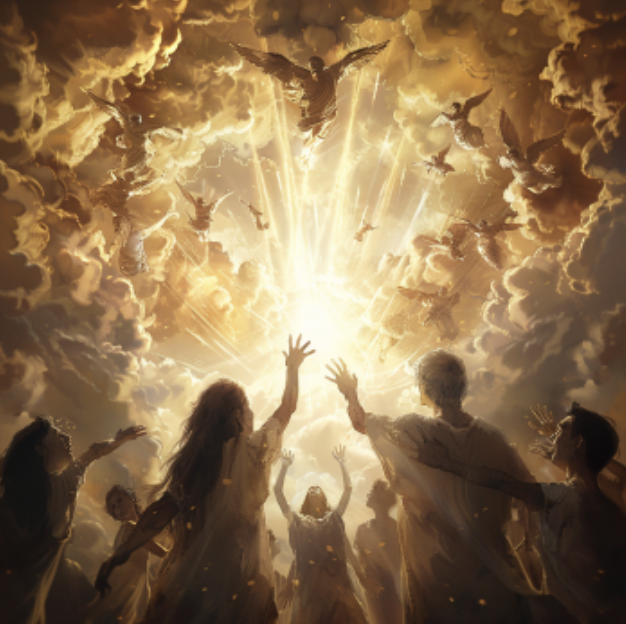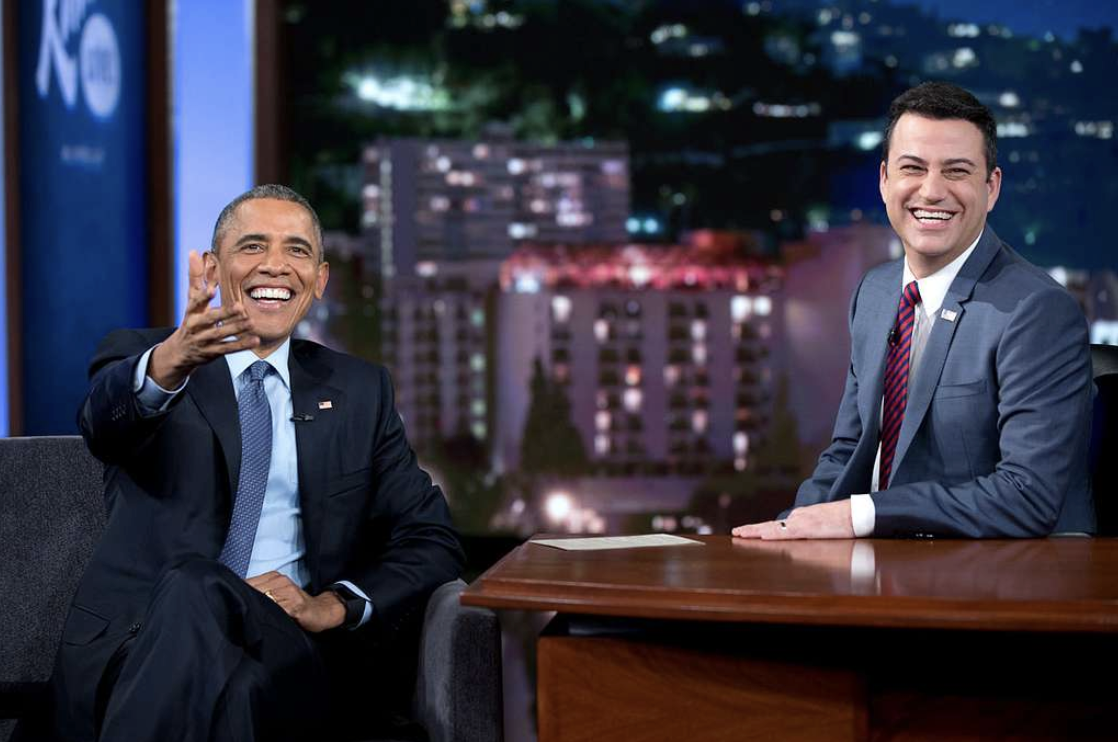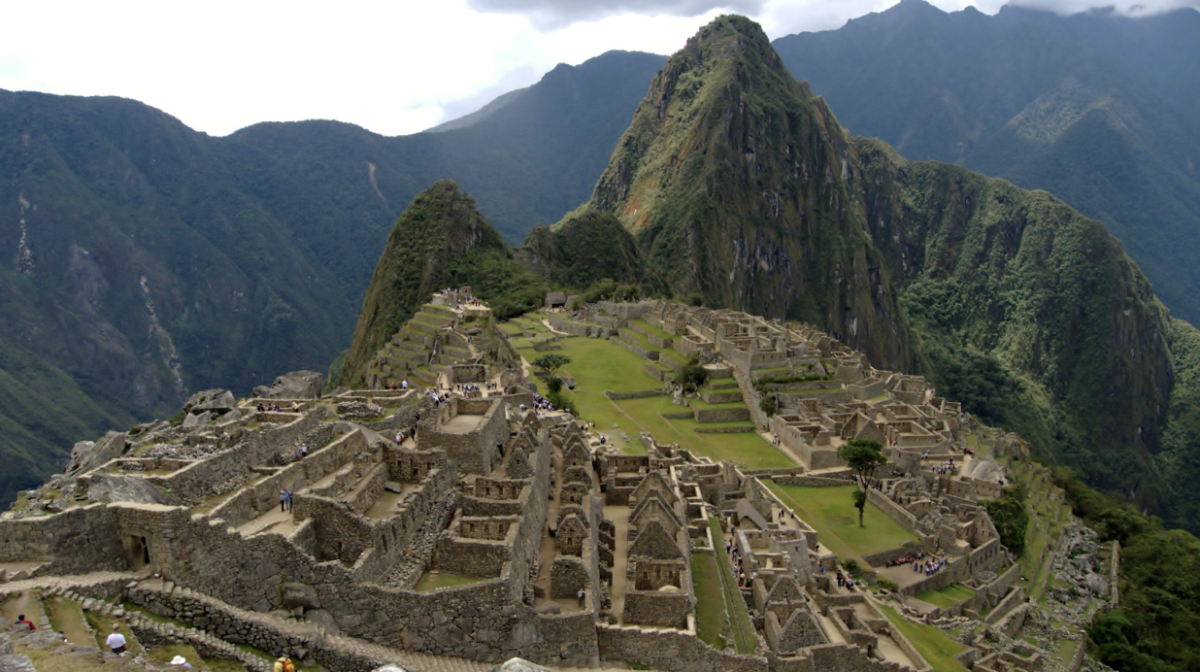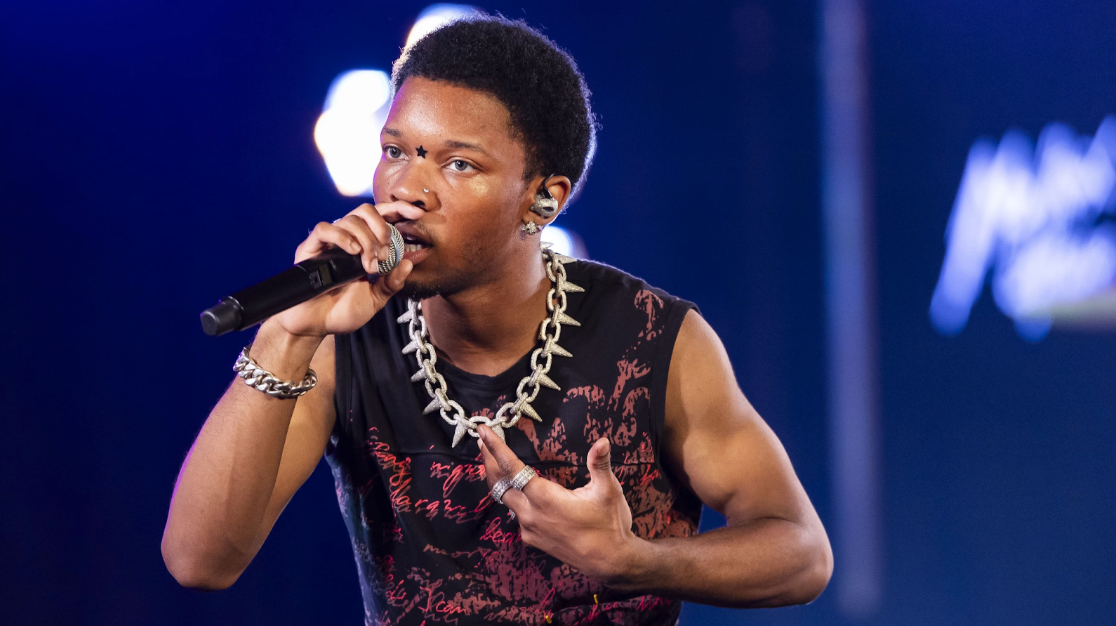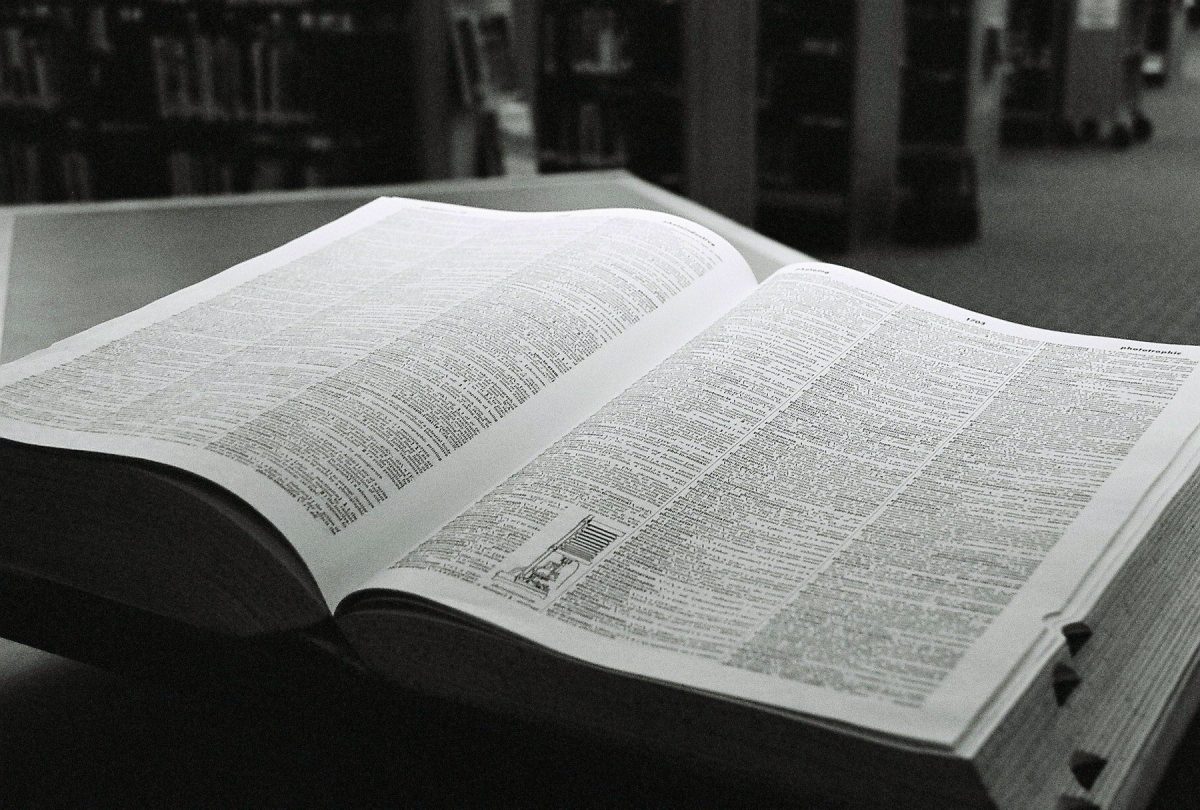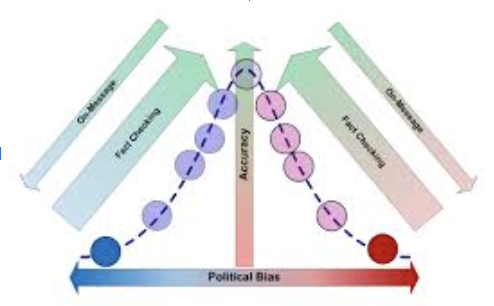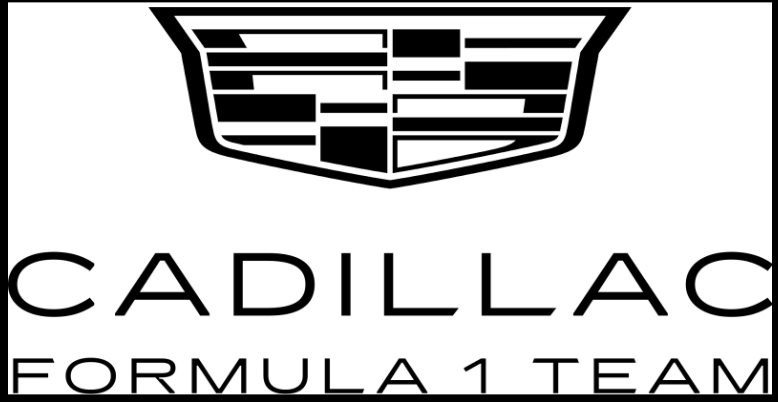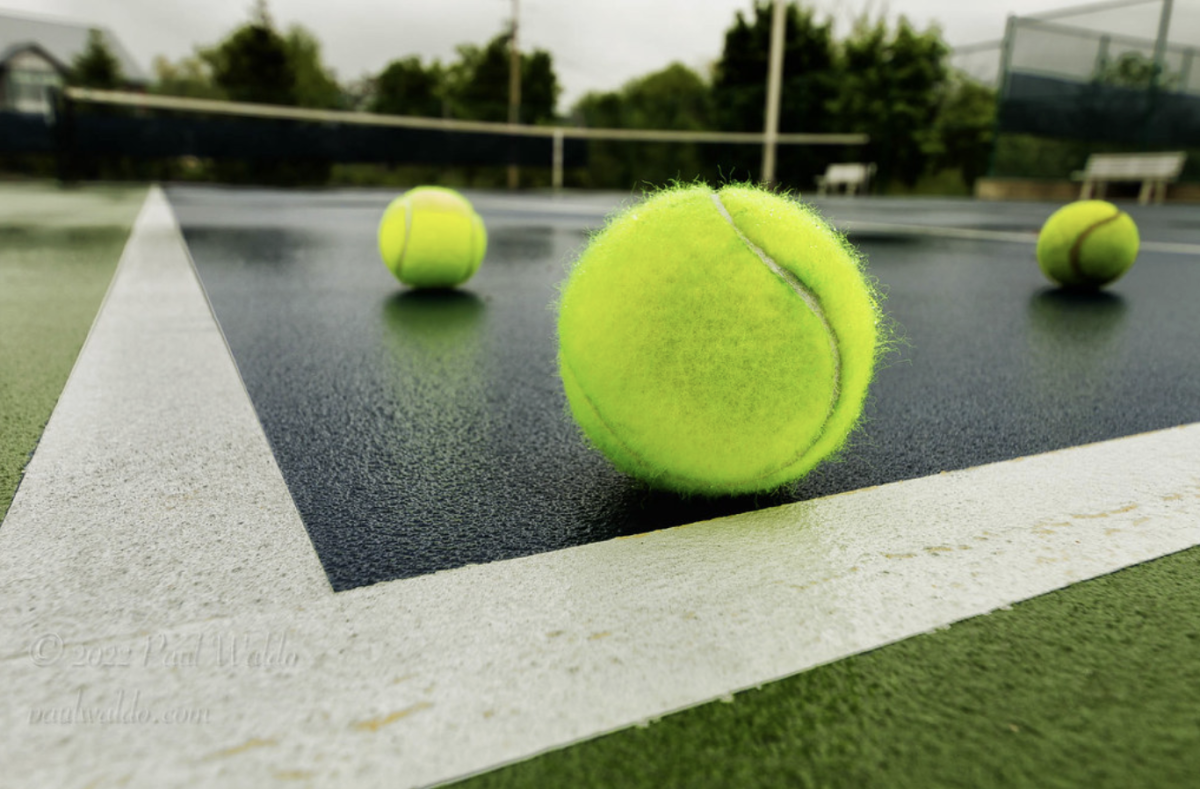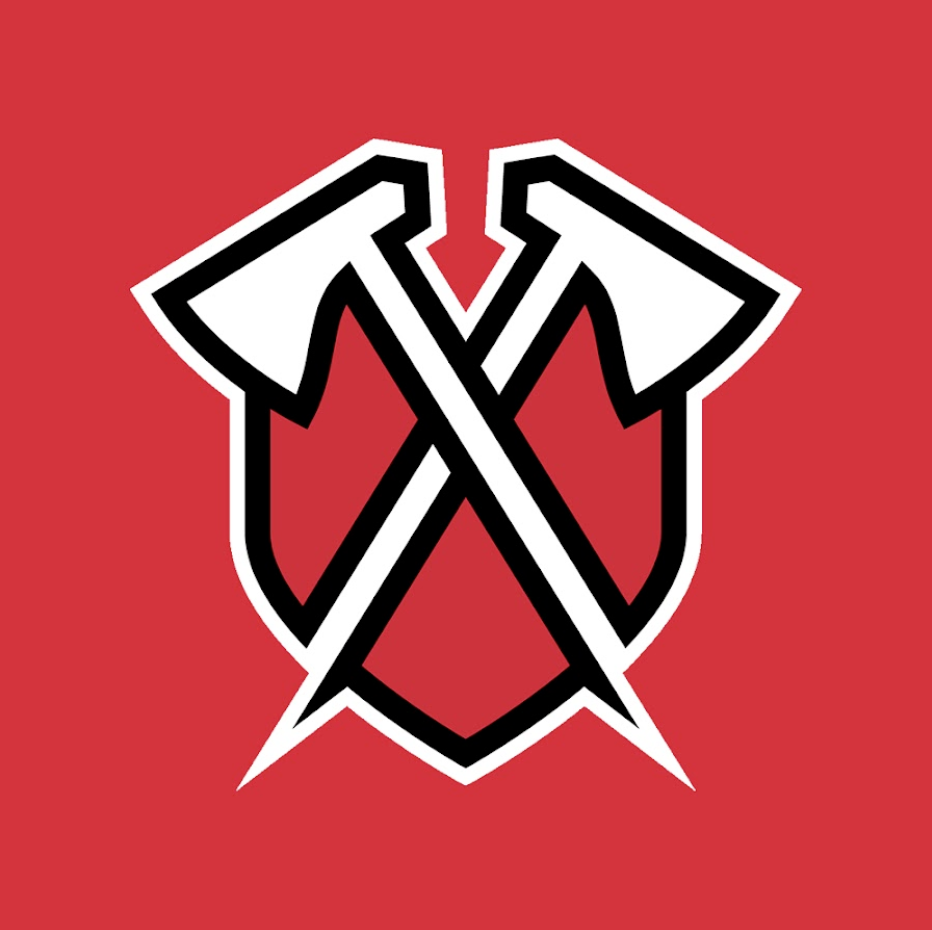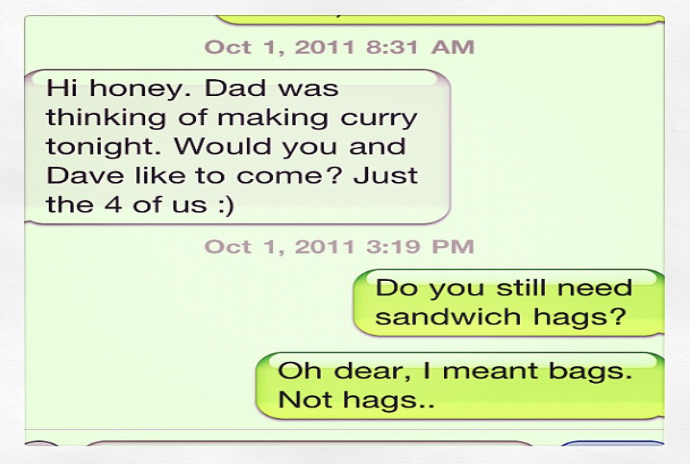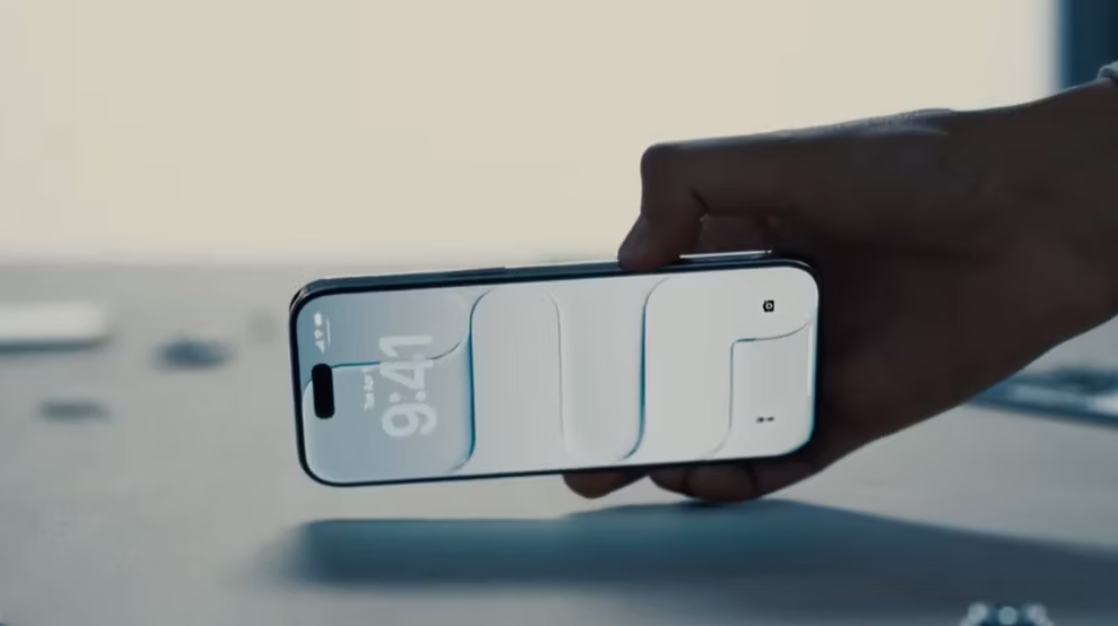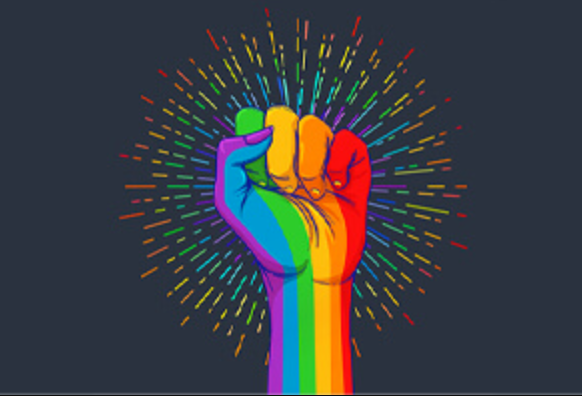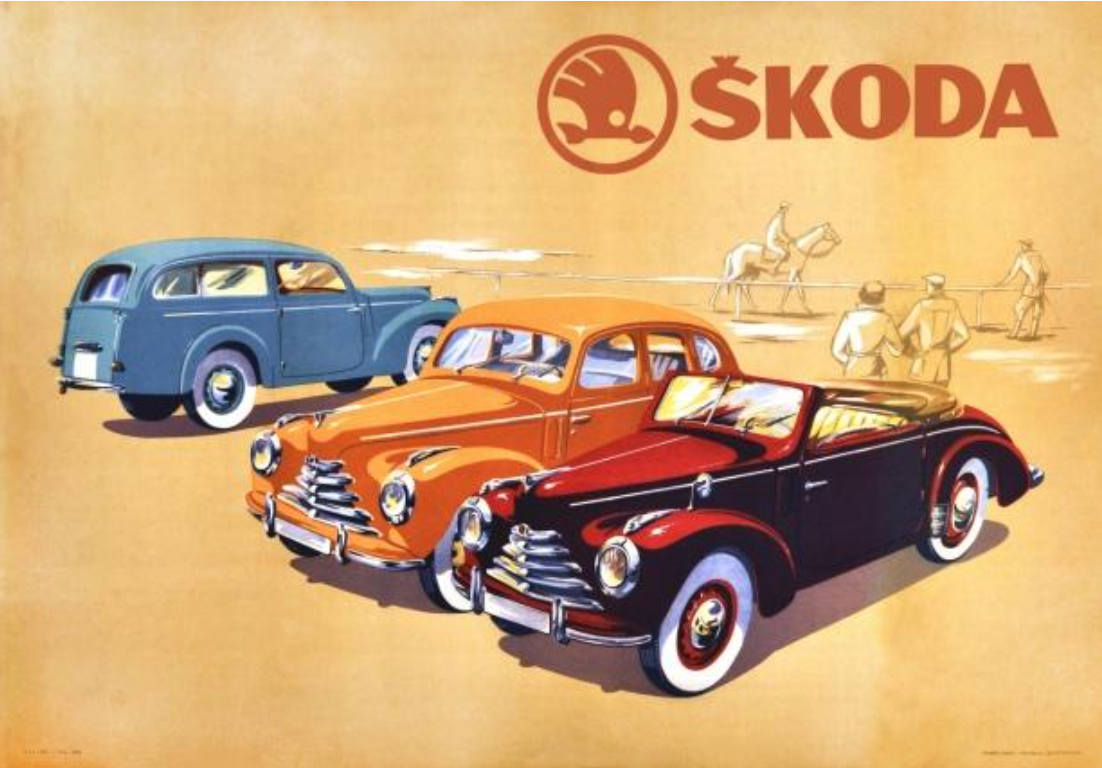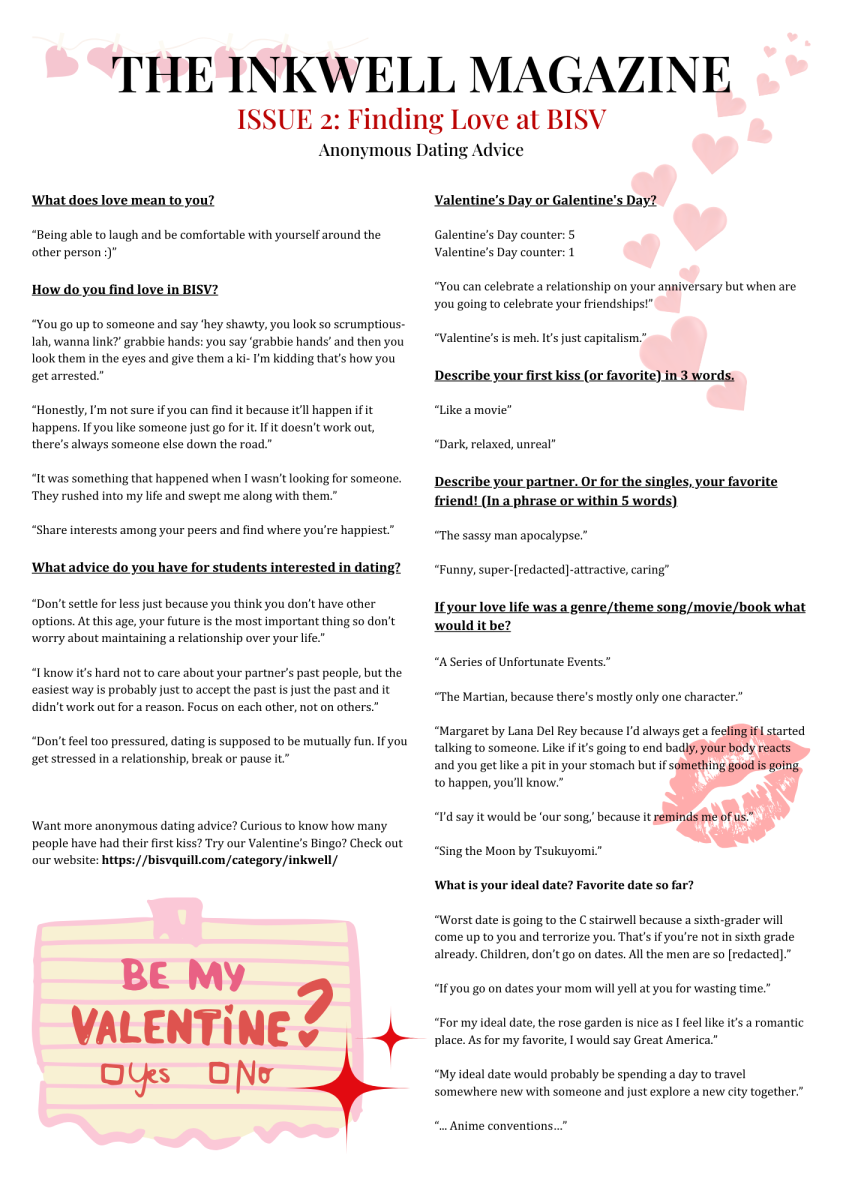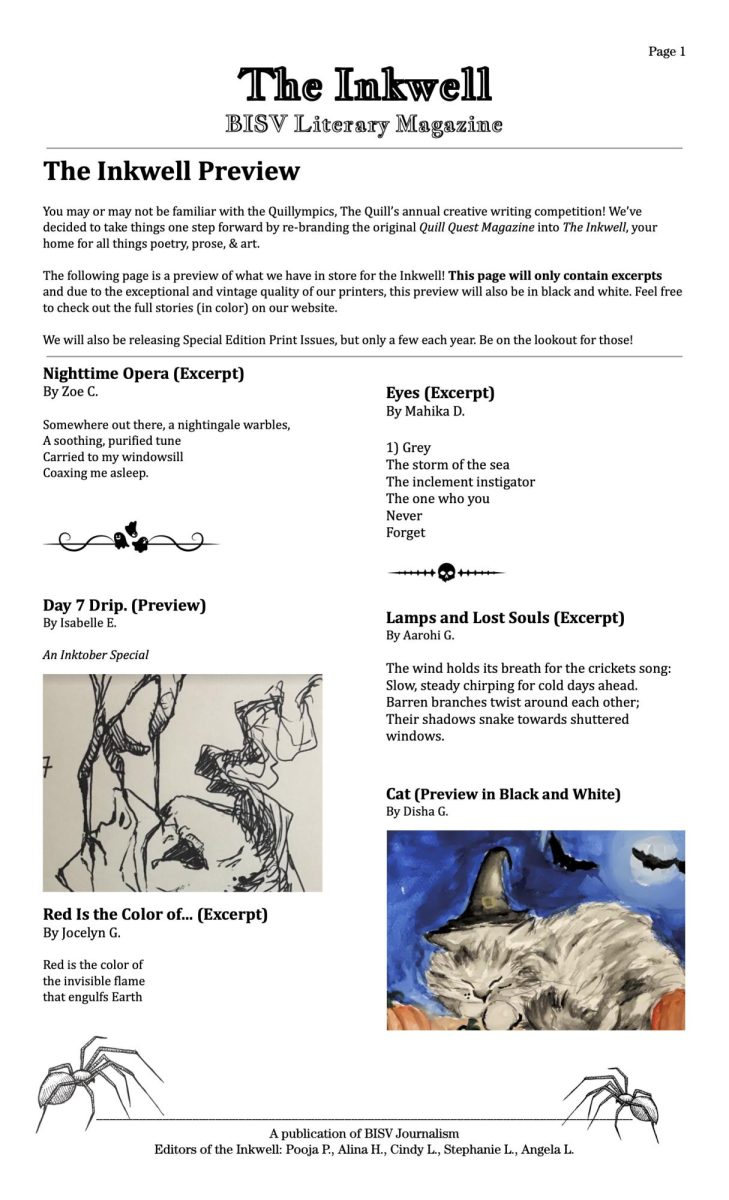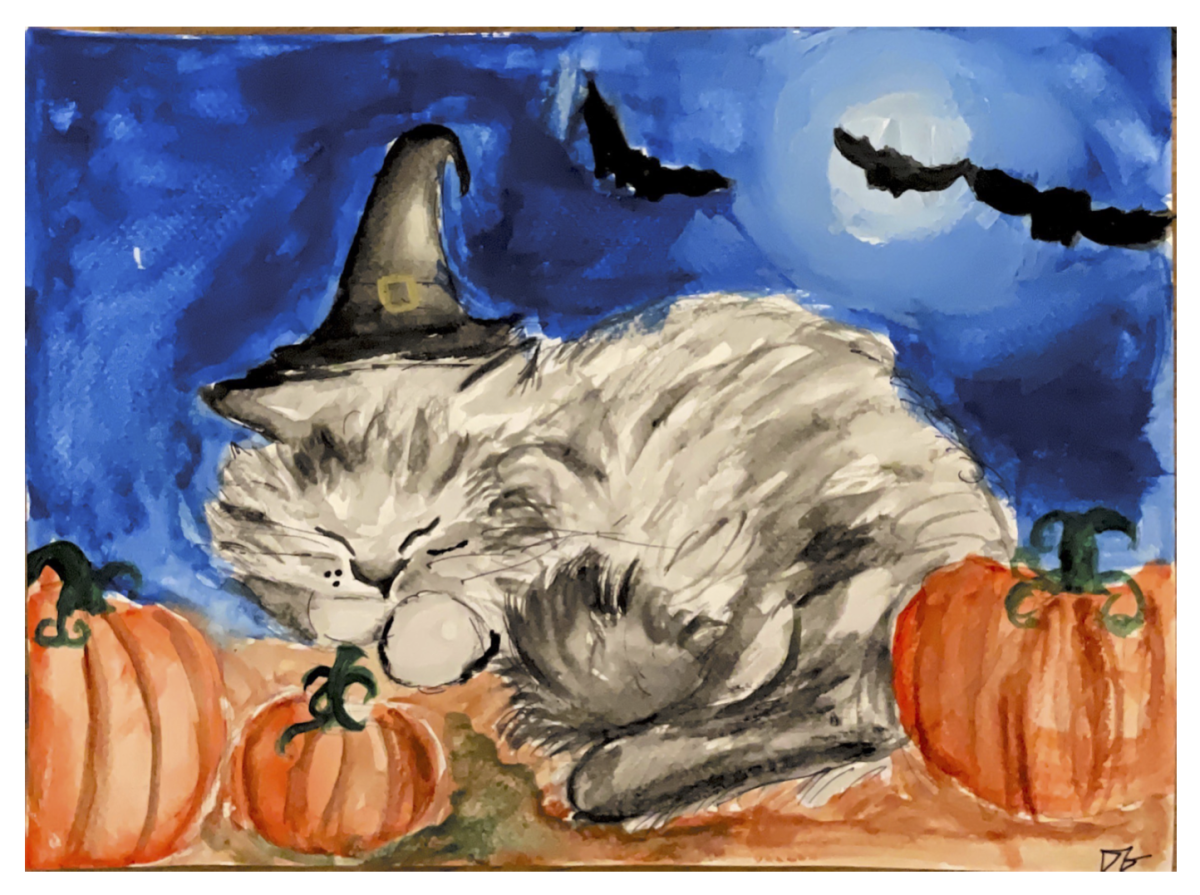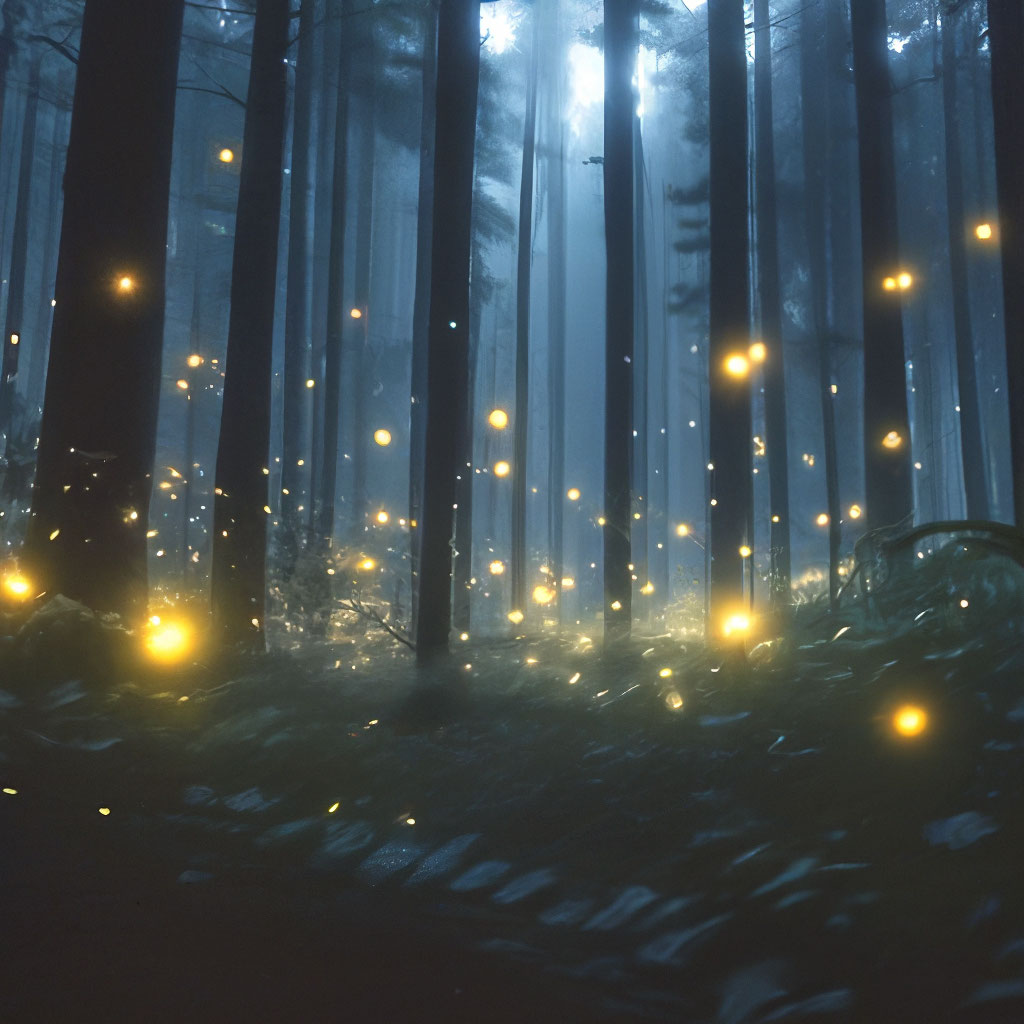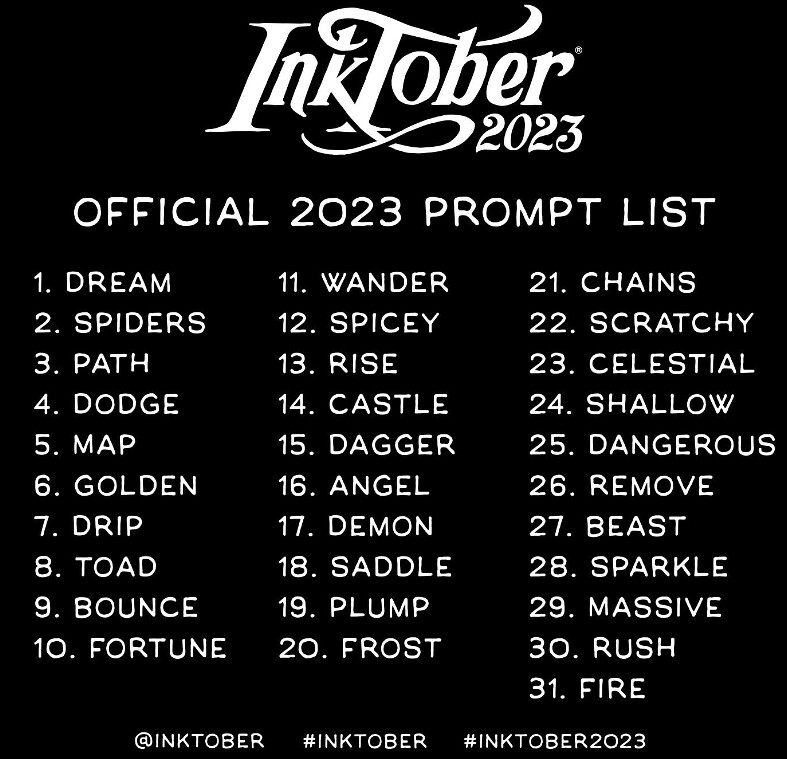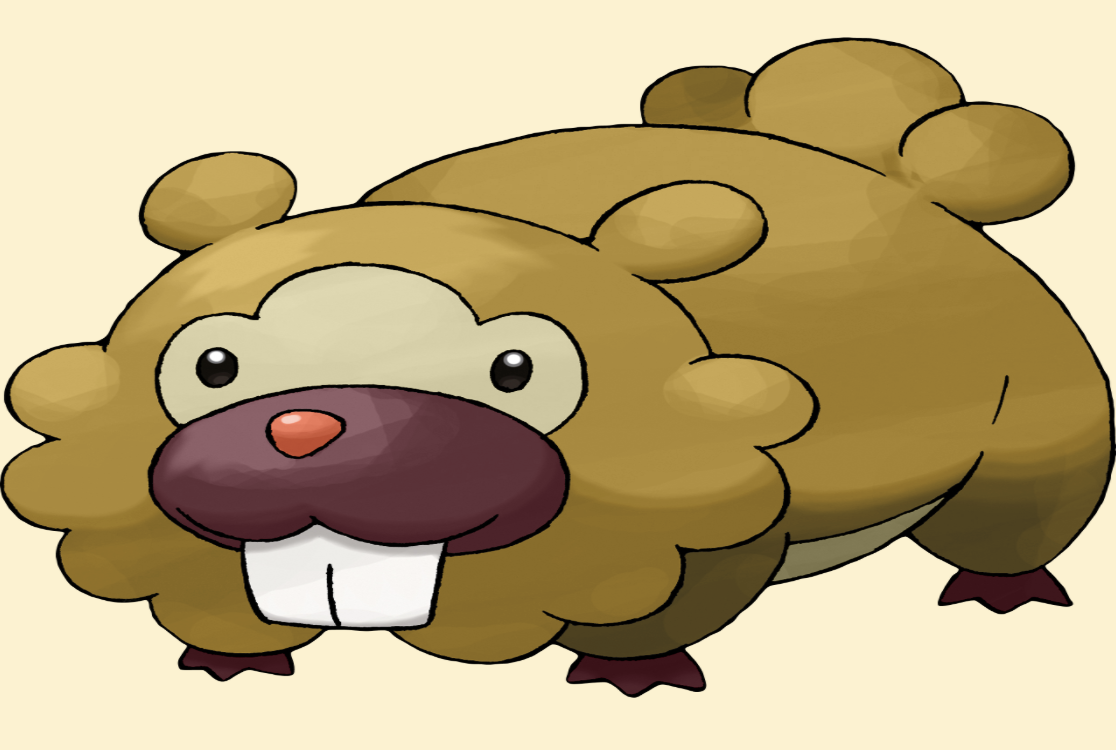Previously Published Nov 19. 2021
Forget aesthetic color palettes, forget media mash-ups, forget digital animation. All that’s left is a black pen, a white canvas, and a sea of imagination. Welcome back to Inktober, the annual celebration of black ink drawings. The rules are simple: for the entire month of October, a new prompt is proposed for each day. Artists will then create a work of art based on that prompt only using black pen as a medium. Some, like “crystal,” “moon,” and “helmet” are specific, while others like “pressure,” “sour,” and “connect” are more abstract. It is up to the artist’s interpretation of the prompt to decide the subject of their work. They then have to share the artwork, either on social media, with their friends, or just hang it in their house. The purpose is not to flaunt your skills, but to encourage creativity and creation.
The challenge was pioneered by artist Jake Parker, who contributed to the animation of famous films including Horton Hears a Who, Rio, and Epic, in 2009. On his personal blog, he announced that it was originally for self-motivation and improvement, but the event has since grown into an internationally flourishing sensation. In 2015, over 1 million Inktober pieces were shared on Instagram alone, and in 2019 Parker registered “Inktober” as a trademark, which caused huge controversy due to participating artists receiving cease and desist notices for selling their Inktober challenge work. Resultantly, many people boycotted Inktober in 2020. To them, it made absolutely no sense that small artists, who were the reason this challenge blew up, were being penalized for participating. Soon, Parker responded to the dissent by clarifying that since “Inktober” was trademarked, usage of the Inktober logo was not permitted without permission, so those artists were persecuted; however, the logo may be used in subtitles and descriptions.
So what exactly is ink drawing? Ink drawing is an artwork that is created primarily with ink. While other materials such as watercolor or markers are allowed, they shouldn’t become the primary focus. It is recommended to start with just a rough outline of the work in pencil. The outlines need to be clear and precise in order to have a good base for inking. After the overall shape of the artwork is drawn, you will have a better idea of where to lay down the first stroke. The lines should be clean and smooth. While it sounds easy on paper, the act of tracing the outline requires intense concentration and precision. The arm would have to move together as a whole, with controlled fluidity, to create a line that can express movement. After the outline has been completed, artists can then add detail to their works by filling in with colors or decorating with patterns. Of course, everyone has a different style and approach to drawing. There has never been a clear rule when it comes to art, and those that have an innovative outlook towards drawing are able to convey ideas more deeply with their work. Plus, as digital art has become increasingly popular, many submissions have also been completed on digital platforms. The magic of the layering tool and the undo button has allowed for the conception of even more fantastical and haunting creations.
Feel free to check out the Inktober instagram account to see some really cool stuff. Who knew so much could be done with one color?
Here’s some Instagram accounts participating in Inktober this year!
- @askulladay
- @darian.pereira
- @albdoodle
- @lenackmann

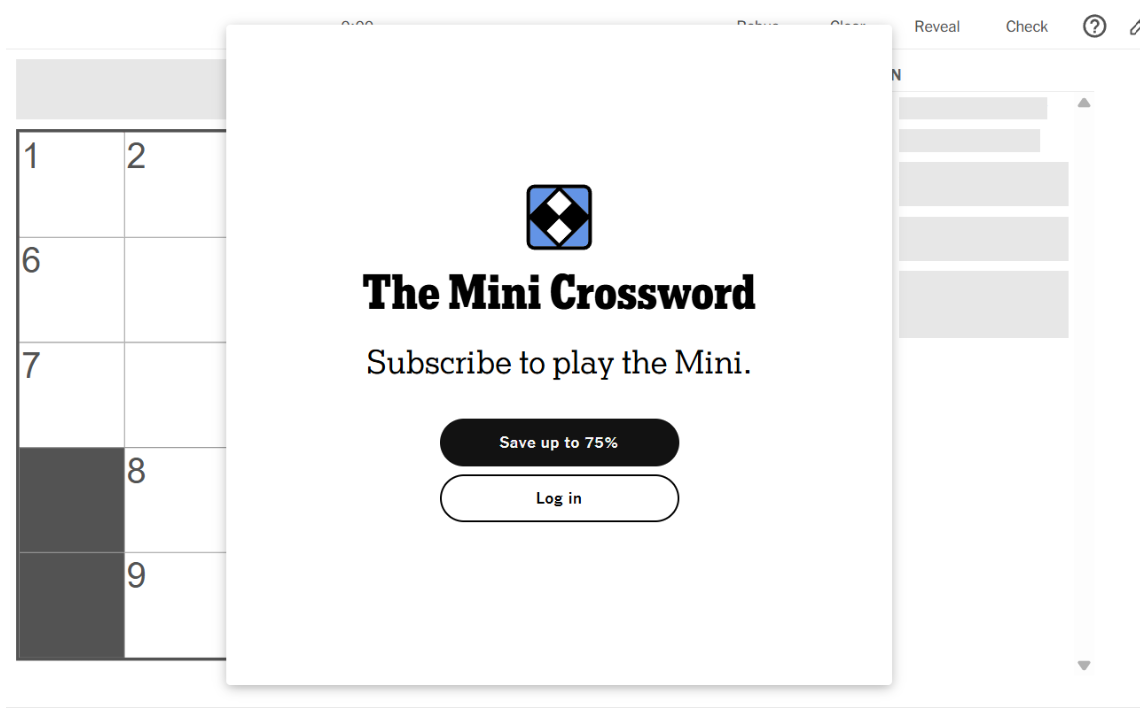




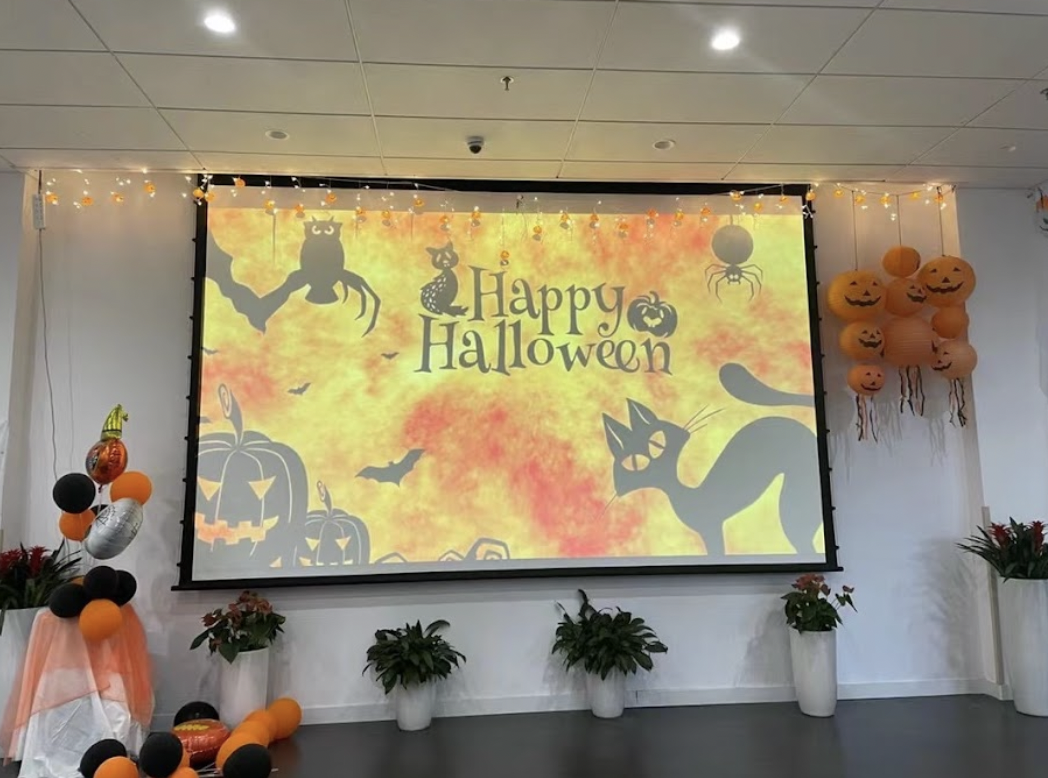
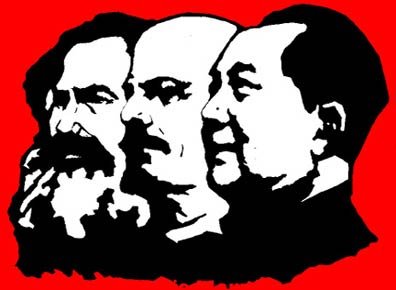

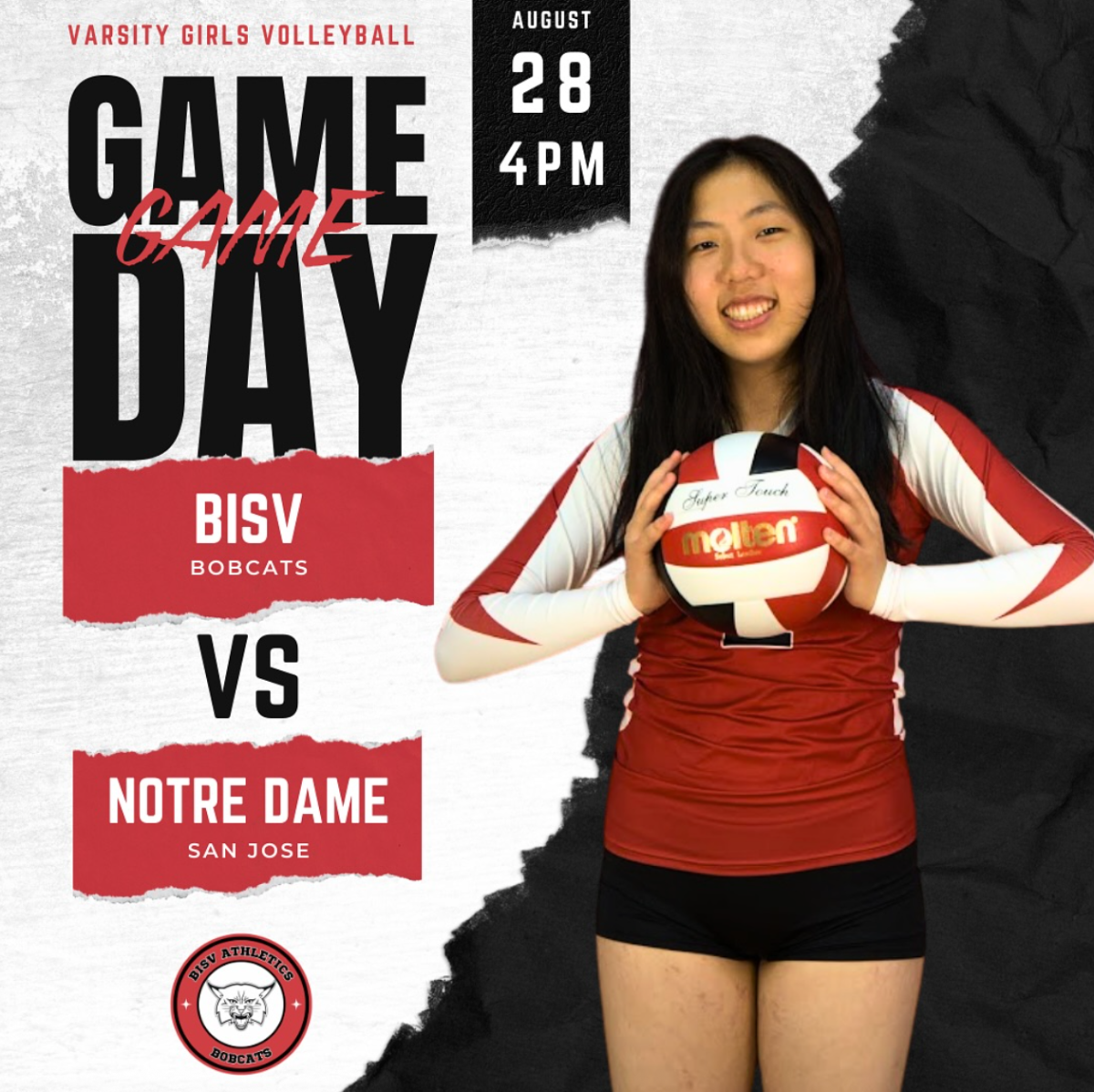
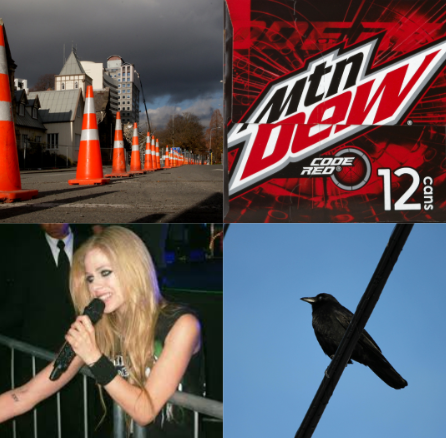
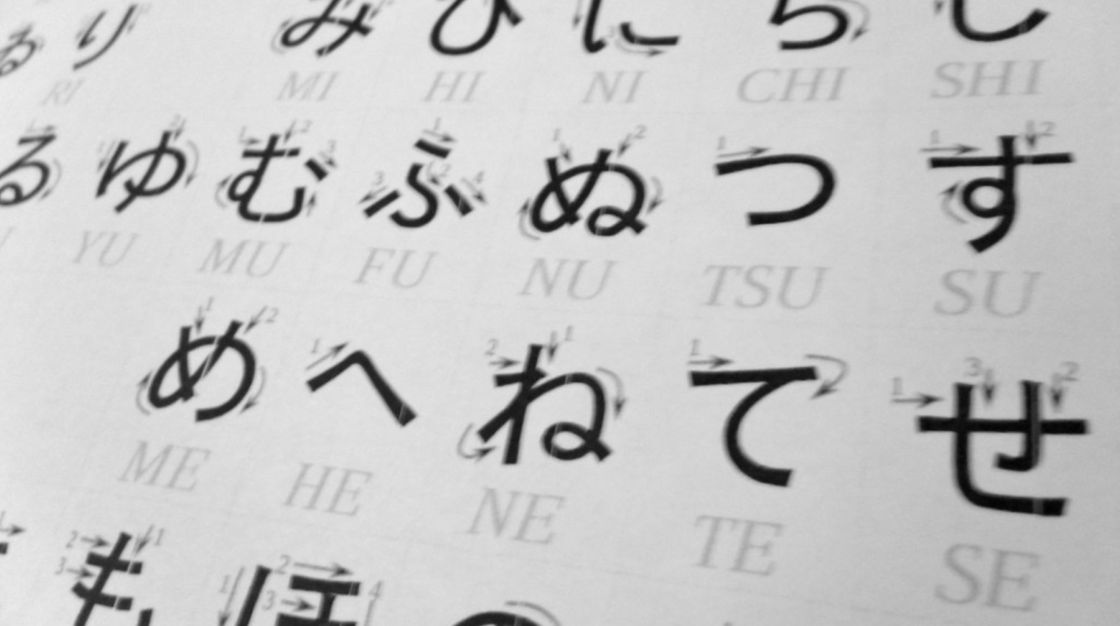

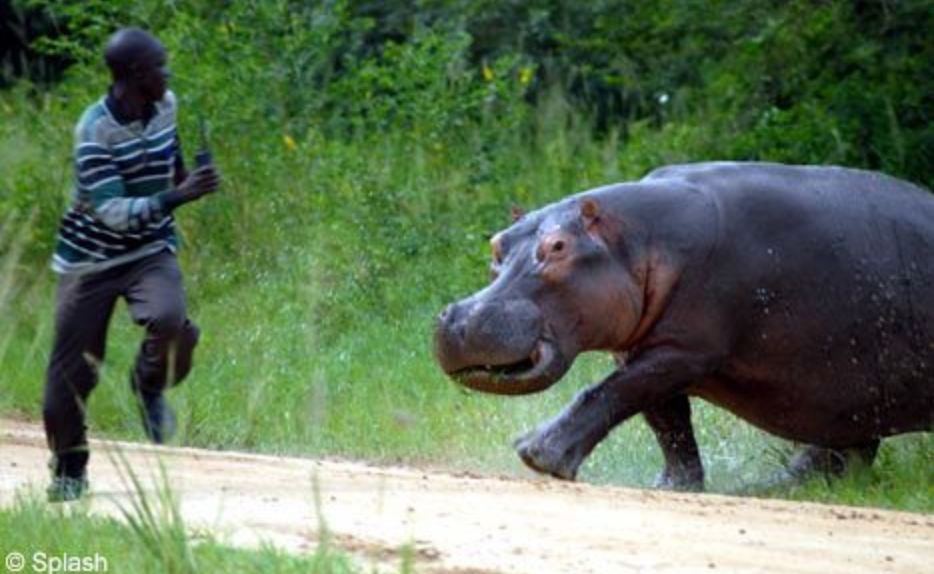
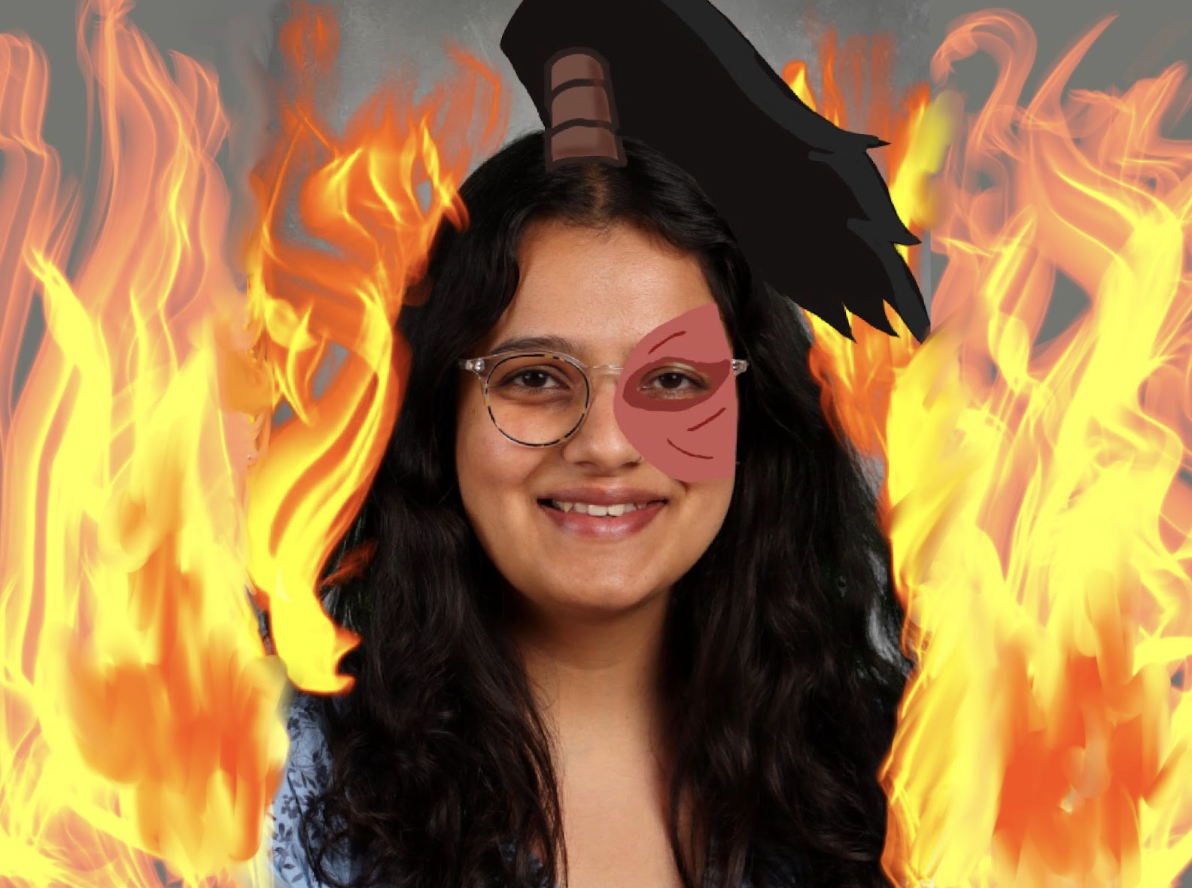


![Teacher [Milk] Tea: Part 2](https://bisvquill.com/wp-content/uploads/2024/03/Screen-Shot-2024-03-19-at-9.28.48-PM.png)
